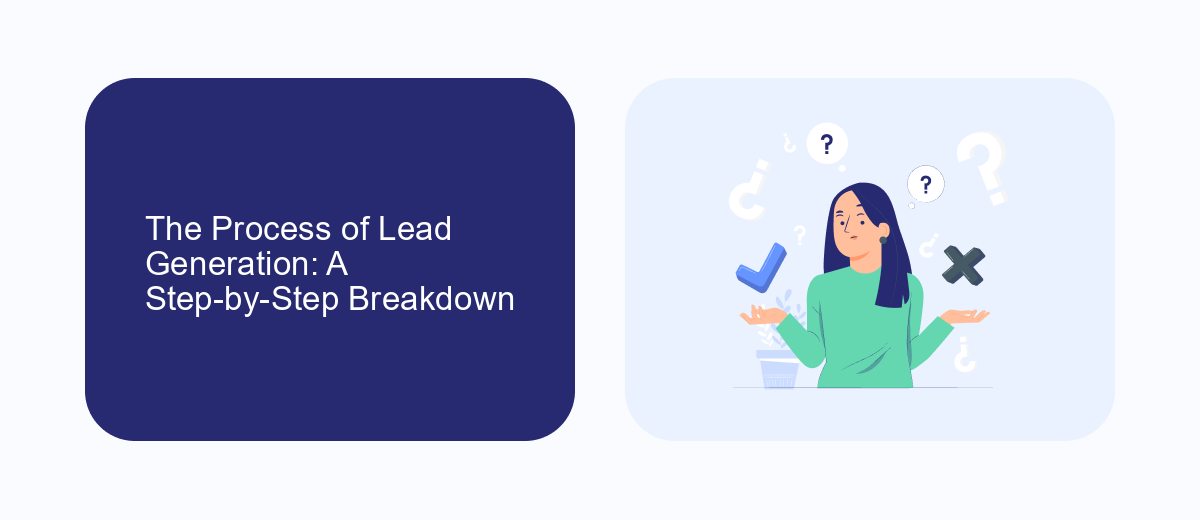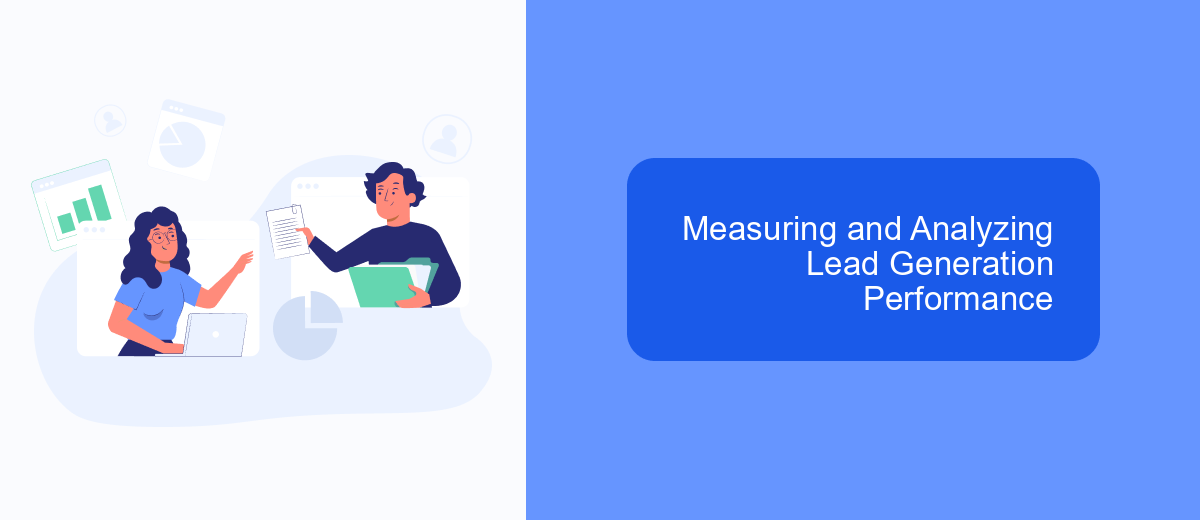In today's competitive business landscape, lead generation plays a crucial role in driving growth and success. It involves identifying, attracting, and nurturing potential customers to convert them into loyal clients. By leveraging various strategies and tools, businesses can effectively target their audience, increase brand awareness, and boost sales. Understanding the role of lead generation is essential for companies aiming to stay ahead in the market.
Understanding Lead Generation and its Importance
Lead generation is a crucial aspect of any business strategy, focusing on attracting and converting potential customers into leads. This process involves identifying and cultivating interest in a company's products or services, ultimately driving sales and growth. By effectively generating leads, businesses can create a steady pipeline of prospective clients, which is essential for maintaining a competitive edge in the market.
- Identifying target audiences and understanding their needs.
- Creating engaging content that attracts potential leads.
- Utilizing digital marketing channels like social media and email.
- Implementing lead scoring to prioritize high-quality prospects.
- Nurturing leads through personalized communication and offers.
The importance of lead generation lies in its ability to ensure a continuous flow of potential customers, thereby increasing the chances of conversion and revenue growth. It helps businesses focus their marketing efforts more efficiently, targeting those most likely to convert. Moreover, by understanding and addressing the needs of potential leads, companies can build stronger relationships, enhance customer satisfaction, and foster brand loyalty, ultimately contributing to long-term success.
The Process of Lead Generation: A Step-by-Step Breakdown

Lead generation is a crucial process for businesses aiming to expand their customer base and increase sales. The first step involves identifying the target audience by analyzing demographic data and customer behavior patterns. Once the target audience is defined, businesses can create compelling content and offers tailored to attract potential leads. This content can be distributed through various channels such as social media, email marketing, and paid advertisements, ensuring maximum reach and engagement.
The next step is to capture the information of interested prospects through forms or landing pages. This is where integration services like SaveMyLeads come into play, streamlining the process of collecting and organizing lead data. SaveMyLeads automates the transfer of lead information from multiple platforms into a centralized database, ensuring no potential customer is overlooked. Finally, the gathered leads are nurtured through personalized communication strategies, such as targeted email campaigns, to convert them into loyal customers. By following these steps, businesses can effectively manage and optimize their lead generation efforts.
Key Strategies and Techniques for Effective Lead Generation

Effective lead generation is crucial for businesses aiming to expand their customer base and increase revenue. By employing targeted strategies, companies can attract potential customers who are more likely to convert. Understanding the audience and leveraging the right tactics can significantly enhance lead generation efforts.
- Content Marketing: Create valuable and relevant content to attract and engage potential leads.
- Social Media Engagement: Use platforms like LinkedIn, Facebook, and Instagram to connect with your audience and promote your offerings.
- Email Marketing: Develop personalized email campaigns to nurture relationships with prospects.
- Search Engine Optimization (SEO): Optimize your website to rank higher in search engine results, increasing visibility.
- Pay-Per-Click (PPC) Advertising: Use targeted ads to reach specific demographics and drive traffic to your site.
Implementing these strategies requires continuous analysis and adaptation to remain effective. Regularly reviewing performance metrics and adjusting tactics ensures that businesses stay ahead of the competition and consistently generate high-quality leads. By integrating these techniques, companies can build a robust pipeline of potential customers, ultimately driving growth and success.
Measuring and Analyzing Lead Generation Performance

To effectively gauge the success of lead generation efforts, businesses must implement a robust measurement and analysis strategy. This involves setting clear objectives and key performance indicators (KPIs) that align with the company's overall marketing goals. By doing so, organizations can better understand which tactics are driving the most valuable leads and adjust their strategies accordingly.
Analyzing lead generation performance requires a combination of quantitative and qualitative data. Quantitative data includes metrics such as conversion rates, cost per lead, and lead source effectiveness. Qualitative data, on the other hand, involves understanding the quality of the leads generated and their potential to convert into customers. Together, these insights provide a comprehensive view of lead generation success.
- Track conversion rates from initial contact to sale.
- Evaluate cost per lead to ensure budget efficiency.
- Identify top-performing lead sources and channels.
- Assess lead quality to prioritize high-potential prospects.
Regularly reviewing and analyzing these metrics allows businesses to optimize their lead generation strategies. By identifying trends and areas for improvement, companies can refine their approach to generate more qualified leads, ultimately driving higher sales and revenue growth.
The Future of Lead Generation: Trends and Predictions
The future of lead generation is set to be shaped by evolving technologies and changing consumer behaviors. One significant trend is the increasing use of artificial intelligence and machine learning to analyze consumer data and predict potential leads with greater accuracy. These technologies enable businesses to tailor their marketing strategies to individual preferences, enhancing the effectiveness of lead generation efforts. Additionally, the rise of voice search and smart devices is prompting companies to optimize their content for voice queries, ensuring they remain visible to potential leads in this growing channel.
Another key trend is the integration of various digital tools and platforms to streamline lead generation processes. Services like SaveMyLeads are becoming crucial as they automate the integration of different marketing and CRM systems, allowing businesses to efficiently manage and nurture leads. By connecting platforms such as social media, email marketing, and customer databases, companies can ensure a seamless flow of information and provide a more personalized experience for potential customers. As these trends continue to evolve, businesses that adapt quickly will likely see the most success in capturing and converting leads.
FAQ
What is lead generation and why is it important for businesses?
How does lead generation work?
What are some effective lead generation strategies?
How can automation improve lead generation processes?
What are the key metrics to measure the success of lead generation efforts?
SaveMyLeads is a simple and effective service that will help you automate routine tasks and optimize business processes. Stop wasting time uploading leads from Facebook manually – you can do it automatically, saving a lot of time and money. Eliminate routine from workflows and achieve more with minimal investment of money, effort and human resources.
